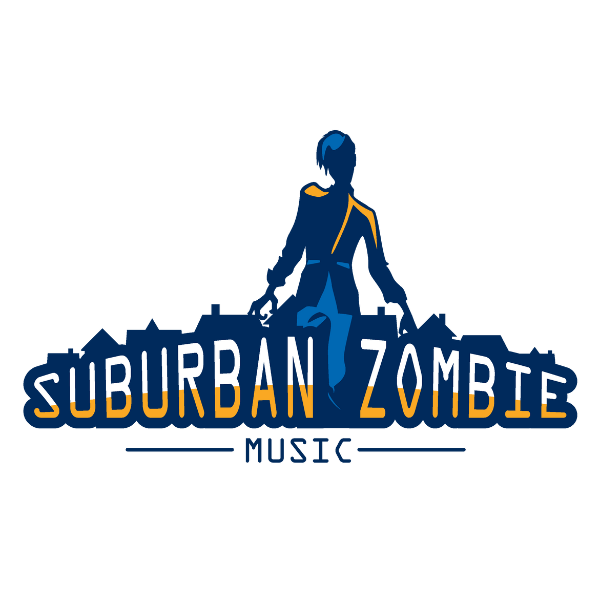The Cycle of Opposites (2008) SZM051
Commissioned by Damon Archer and the Seven Lakes High School Band (TX)
For Concert Band
Difficulty Level: Grade 5
Duration: 7:40
Publisher: Suburban Zombie Music
Instrumentation:
Piccolo
Flute I, II
Oboe
Clarinet in Bb I, II, III
Bass Clarinet in Bb
Alto Saxophone I, II
Tenor Saxophone
Baritone Saxophone
Bassoon
Trumpet in Bb I, II, III
French Horn I, II, III, IV in F
Trombone I, II, III
Euphonium (BC)
Euphonium (TC)
Tuba
Timpani, Orchestra Bells
Percussion 1 - Snare Drum, Woodblock, Ocean Drum, Vibraphone, Wood Chimes
Percussion 2 - Bass Drum, Marimba, Orchestra Bells
Percussion 3 - Crash Cymbals, Suspended Cymbal, Small Gong, Sleigh Bells
Percussion 4 - Tambourine, Rainstick, Vibraphone, Large Gong
Percussion 5 - Triangle, Concert Toms (4), Marimba
Plato was born in Athens, Greece to one of the oldest and most distinguished families in the city. He lived with his mother, Perictione, and his father, Ariston (Until Ariston died.) As a young man, Plato grew up wanting to be a politician. However, after witnessing his mentor's killing and discovering the true heartlessness of politics, his interests changed and he was no longer wanted a place in government. Then, in 387 B.C. Plato returned to Athens after travelling for a few years. He set up the Academy, which many scholars consider to be the first University. Subjects taught in the University included astronomy, biological sciences, mathematics, and political science. According to legend, his University stood in a place that was once owned by the Greek hero, Academus. That's where we began to use the term academy when referring to schools. He stayed there and headed the school for the remainder of his life.
Plato andthe Cycle of Opposites
The first argument is based on the cyclical interchange by means of which every quality comes into being from its own opposite. Hot comes from cold and cold from hot: that is, hot things are just cold things that have warmed up, and cold things are just hot things that have cooled off. Similarly, people who are awake are just people who were asleep but then woke up, while people who are asleep are just people who were awake but then dozed off.
But then, Plato argues by analogy, death must come from life and life from death. That is, people who are dead are just people who were alive but then experienced the transition we call dying, and people who are alive are just people who were among the dead but then experienced the transition we call being born. This suggests a perpetual recycling of human souls from the realm of the living to the realm of the dead and back.
If this is an accurate image of reality, it would certainly follow that my soul will continue to exist after the death of my body. But it also supposes that my soul existed before the birth of my body as well. This may seem like an extravagant speculation, but Plato held that there is ample evidence of its truth in the course of ordinary human life and learning.
How does this apply to the piece?
When Mr. Archer approached me about writing a piece to commemorate the graduation of the first senior class of Seven Lakes High School, I began a lengthy examination of the nature of the life of a band program. In essence, a band program is in a constant state of change. Every year students who are seniors graduate and are replaced by a new set of freshmen the next. It is in this way that the life of a band program falls into similarity with Plato’s ideas about life.
As the piece begins, it is very much like the first days of the band program. Everything began from nothing, and as the program took shape many ideas from a variety of sources came together in order to form the new consciousness of the band. The musical progression in the opening statement mirrors this effect in the percussion section, eventually leading to the entrance of the entire group. The stream of sound which began as individual ideas, have now merged and surge ahead together. This idea continues throughout the piece as new ideas are constantly being introduced and their effect on the path of the music is felt.
The first third of the piece is the slow melding together of the individual to create the whole. The middle slower section is the ultimate collaboration of all these ideas as they grow into maturity and merge into one singularity. The final section celebrates the contribution of the portion which is about to leave the collective and welcome the new.
I owe many thanks to Damon Archer and the Seven Lakes High School Band for their commitment to the creation of new music and for allowing me the privilege to work on this project with them. Without their efforts this work would not be possible.
